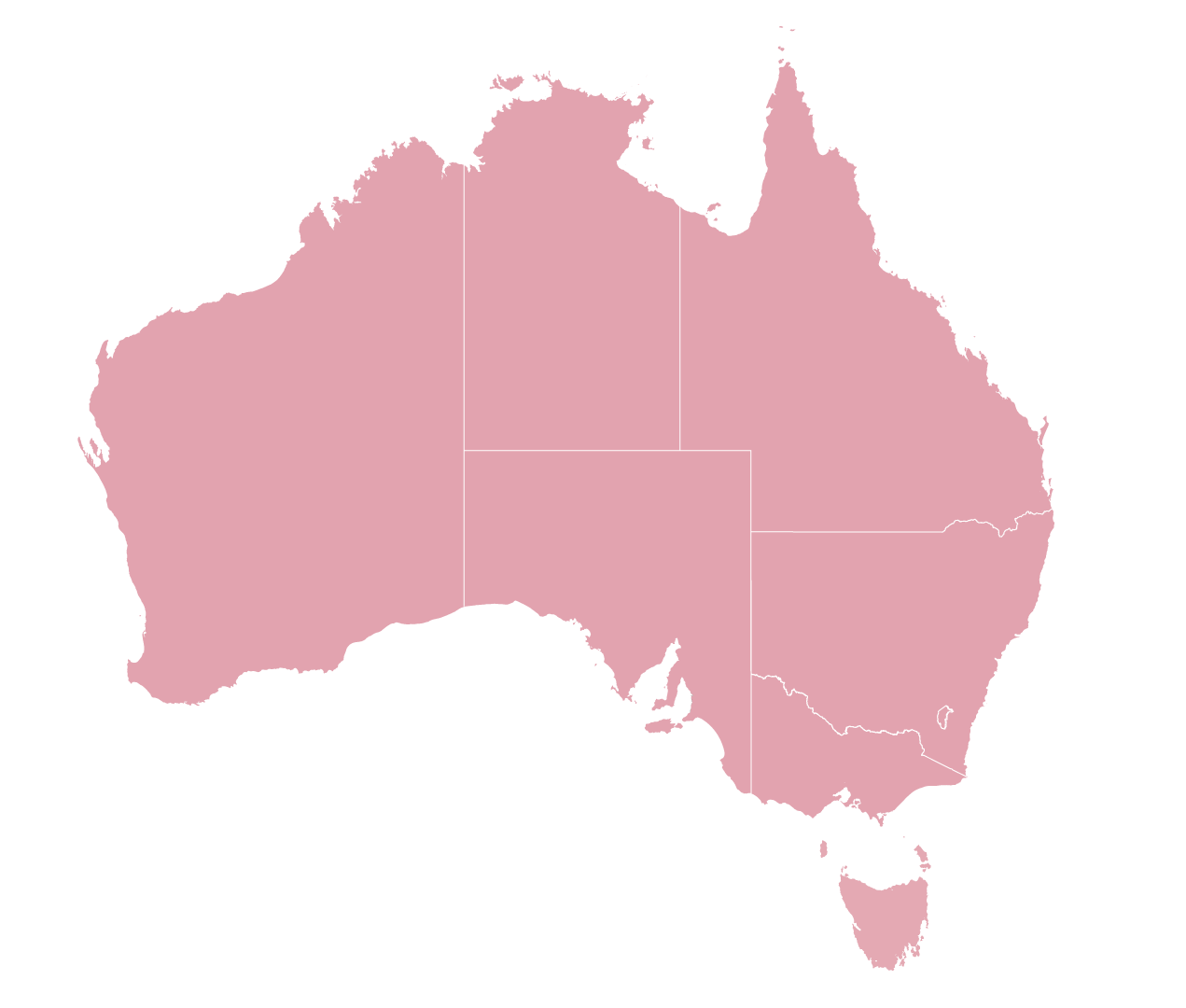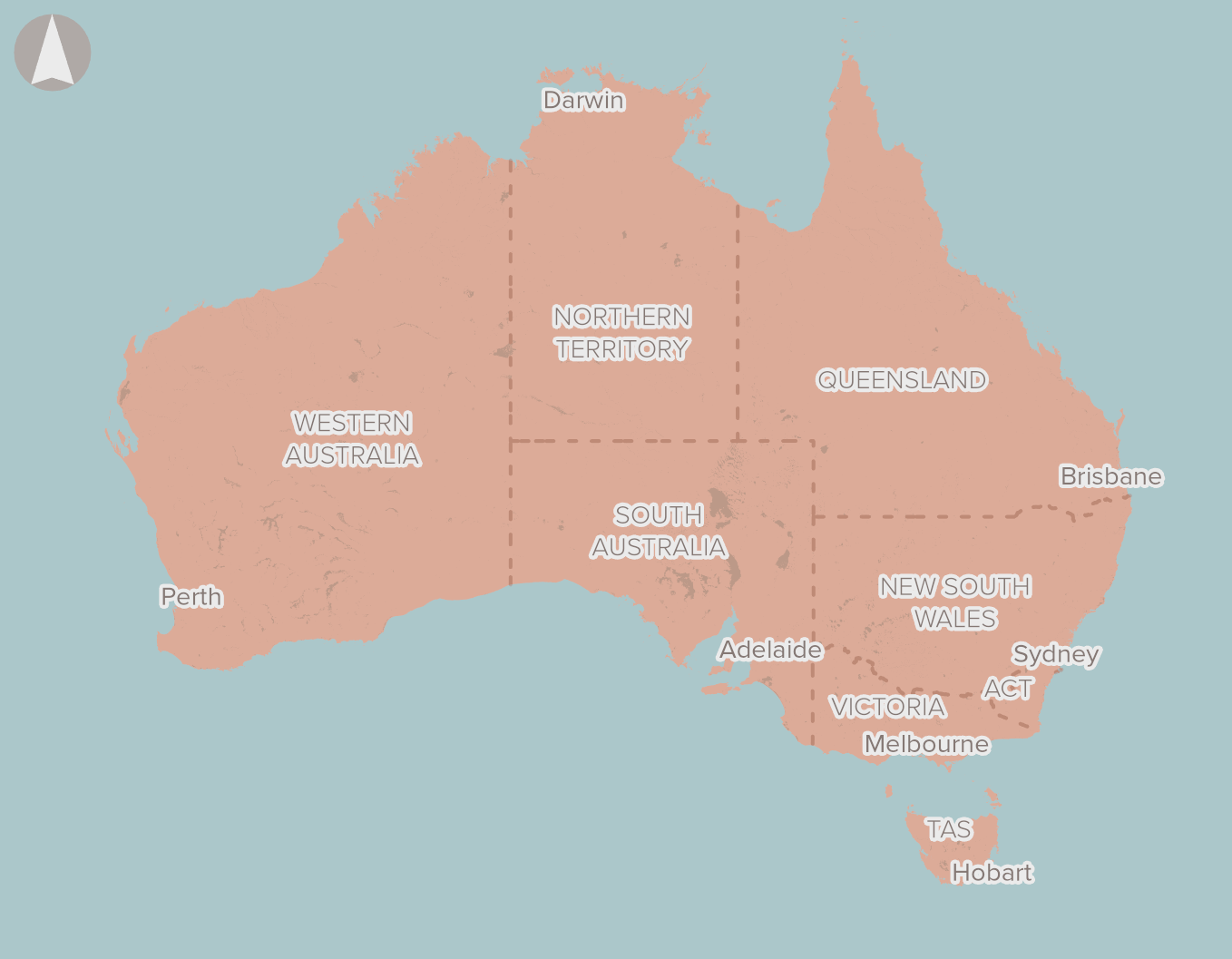

Australia’s bulk water infrastructure is used for a variety of purposes, including drinking water, wastewater, farming, as well as industrial, environmental, recreational and cultural activities. Balancing these uses – and ensuring the health of streams, groundwater and ecosystems – is crucial for maintaining reliable access to water.
Water availability for non-potable use, particularly in high value irrigation areas across southern Australia, is reducing and becoming increasingly variable. Southern Australia, which includes the Murray-Darling Basin, supports a large proportion of Australia’s high value irrigated agriculture. For example, in the Clare Valley region high quality wine grapes are irrigated by rainfall and terrestrial sources, supplemented by potable water sources. With future climate projections predicting decreased rainfall across southern Australia with longer and more severe droughts, the security of water sources for high value agriculture, such as in the Clare Valley, is increasingly at risk.
In northern Australia, there are opportunities to increase the value of water supplied for irrigated agriculture, aquaculture, mining and industry and environmental, recreation and cultural water needs.
The water cycle is also being altered by changing climate, changes to run-off and evaporation due to land and forest management.The 2019 Australian Infrastructure Audit identifies that a number of events (such as the Menindee fish kill) have undermined confidence in the governance and management of Australia’s water resources.
Balancing competing demands for water is challenging and can limit effective decision-making. Without appropriate planning for these challenges, there could be severe water shortages or restrictions in many parts of the country.
The Infrastructure Priority List separately includes an Early-Stage Proposal for Town and city water security.
Potential options to address the problem include:
- making better use of existing water resources and water infrastructure
- investing in new water supply infrastructure, such as efficiency projects, new water storages and pipelines, managed aquifer recharge and desalination
- embracing alternative water sources for drinking .
A mix of infrastructure and non-infrastructure responses will be required to address the problem and realise the opportunity. Non-infrastructure responses include:
- water planning, management and use that aligns with National Water Initiative objectives
- measures to secure new and maintain existing export opportunities
- technology improvements and integrated long-term infrastructure planning that appropriately addresses demand and supply side uncertainty
- opportunities to improve the collection, consistency, reporting and use of information and data in the sector.
The National Water Grid Authority is working with the states and territories to deliver strategic planning for water infrastructure across the nation to support primary industries and unlock potential, promote the growth and sustainability of regional economies and build resilience.
We encourage the National Water Grid Authority, local, state, territory and other water authorities to fully assess this problem in their respective locations (Stage 1 of Infrastructure Australia’s Assessment Framework) prior to identifying and analysing potential investment options (Stage 2 of Infrastructure Australia’s Assessment Framework).
Consideration should also be given to the recommendations relating to water within the 2021 Australian Infrastructure Plan.


 EVALUATION COMPLETE
EVALUATION COMPLETE




